Exploring Japanese Sword Types: A Glimpse into the Art of the Blade
Japanese swords are not just weapons; they are symbols of culture, craftsmanship, and centuries of martial tradition. Throughout history, different sword types were designed to fulfill unique roles in combat, ceremonial rites, and daily life. Whether you’re a martial arts practitioner, a history enthusiast, or simply curious about these iconic blades, understanding their differences is essential. In this guide, we’ll dive into the key types of Japanese swords, helping you appreciate their design, usage, and cultural significance.
A Note on the Evolution of Japanese Swords
Why Do Japanese Swords Vary So Much?
Japanese swords were shaped by the demands of warfare, the evolution of armor, and social customs. As samurai and other warriors faced changes in battle tactics and protection gear, sword designs evolved to meet those needs. Additionally, each sword’s length, curvature, and forging techniques reflect not only its functional purpose but also the cultural ideals of the time and the individual preferences of its bearer. Thus, each sword was unique, as much an artwork as it was a weapon of war.
In this post, we’ll introduce you to the main types of Japanese swords, from the classic katana to the lesser-known tanto. By the end, you’ll have a clearer understanding of how these swords played vital roles in history and how each design carries its own cultural and martial significance.
Click a link below to jump to a Japanese sword type
Iconic Japanese Swords
Wooden Training Swords
Other Notable Japanese Swords
The Most Iconic Japanese Swords
Katana
The Samurai’s Signature Blade
- Overview & Time Period: The katana is perhaps the most iconic Japanese sword, popular from the late 14th century to the Edo period. Known for its distinctive curve and razor-sharp edge, it’s widely regarded as the “soul of the samurai.”
- Design & Dimensions: Typically 27–30 inches (68–76 cm) long, the katana features a single-edged, slightly curved blade.
- Primary Use: Wielded by samurai in war and peace the katana was prized for its quick draw and cutting ability. Always at his side, the Samurai symbolized his class status with his finely crafted sword whether on the field or in town. In times of war, lesser quality katana known as “loan swords” would be used by a lord to equip the peasant class Ashigaru clan soldiers as a sidearm so that they could properly support the elite Samurai in battle.
- Cultural Significance: The katana symbolizes honor, discipline, and martial skill, embodying the samurai’s way of life.
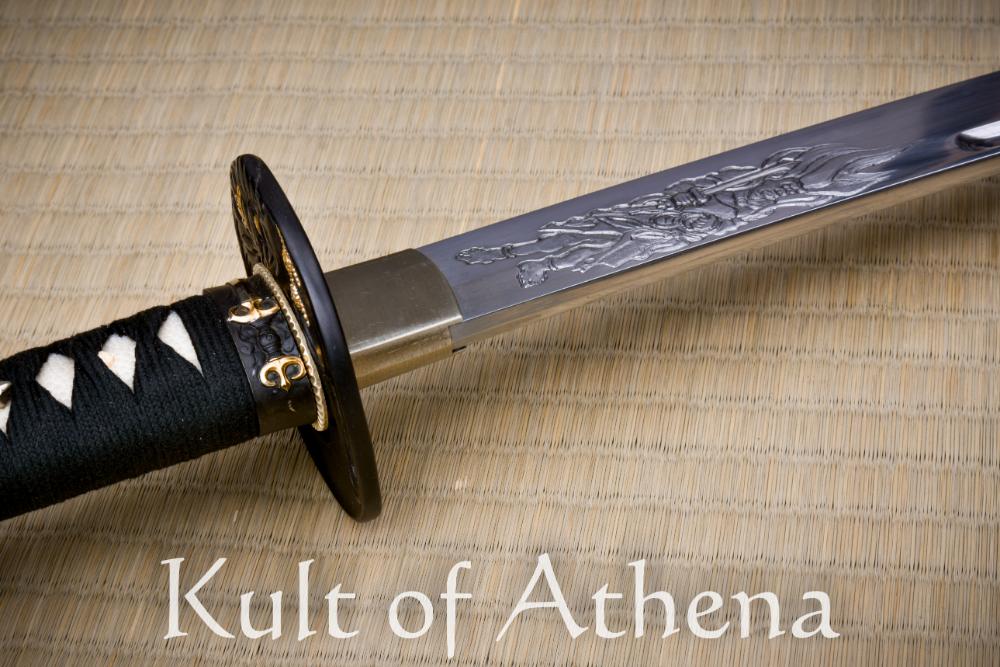
-
Musha Elite – Tsubasa Katana
Quick View$124.99In stock
-
Musha Elite – Tatsudoshi (Year of the Dragon) Katana
Quick View$124.99Back Ordered
-
Musha Elite – Chokkan Katana
Quick View$124.99In stock
Ō Katana & Ōdachi
The Giant Blades
- Overview: The Ō Katana is a longer version of the katana, and the Ōdachi (or Nodachi) is an even larger field sword.
- Design & Dimensions: Blades exceed 3 shaku (~90 cm). The Nodachi can be up to 35–50 inches or more.
- Primary Use: These massive swords were used by infantry to counter cavalry or for wide sweeping strikes in battle.
- Cultural Significance: Used both in combat and as ceremonial weapons, the sheer size of these swords required exceptional strength and skill to wield effectively.
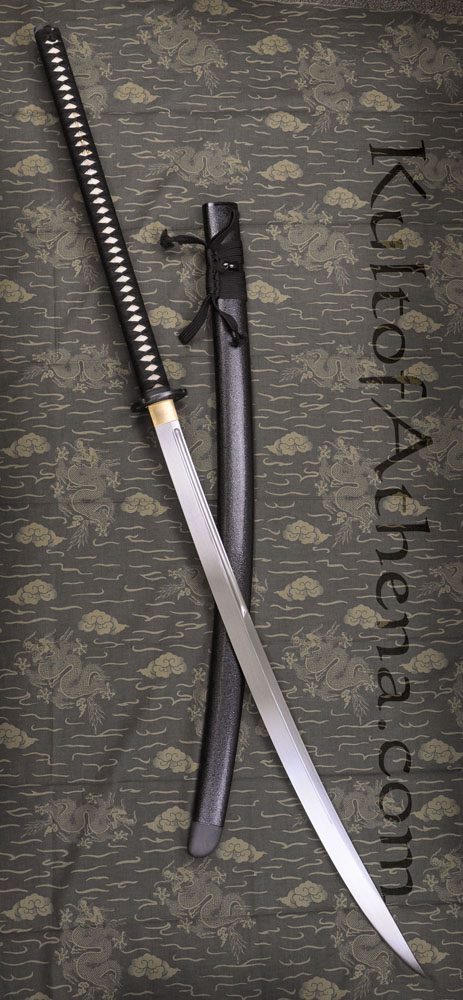
-
Ritter Steel Odachi Sword
Quick View$619.00Back Ordered
-
Ritter Steel No-Dachi
Quick View$441.25 – $549.00Usually Ships in About 1-2 Weeks
Ko Katana
The Compact Katana
- Overview: Smaller than the standard katana, the Ko Katana is a “short katana” that offers greater maneuverability and is more likely to be effective indoors or in confined spaces.
- Design & Dimensions: Typically 22–26 inches (56–66 cm) long, offering a bridge between a full-sized katana and a wakizashi.
- Primary Use: The Ko Katana was ideal for close-quarters combat and is often preferred for iaijutsu (sword drawing techniques).
- Cultural Significance: Though less common than the traditional katana, it’s valued for its versatility and is sometimes used in sword arts for quick, precise movements.
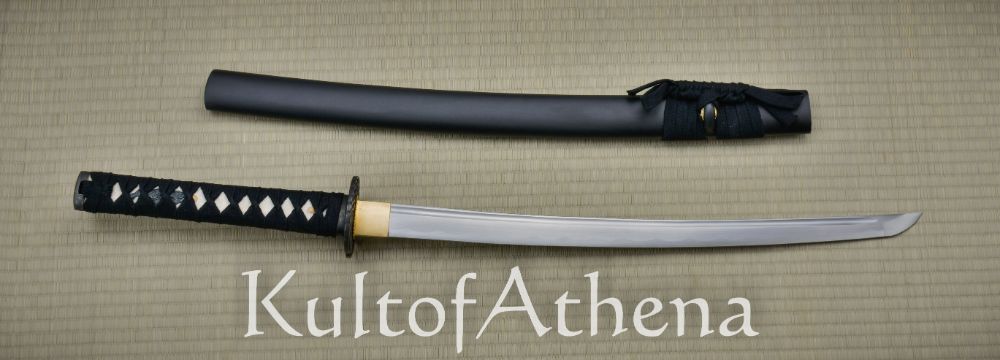
-
Ronin Katana Dojo-Pro Ko-Katana – Model 32
Quick View$265.50 – $295.00In stock
-
Ronin Katana Dojo-Pro Ko-Katana Model 2
Quick View$280.00 – $295.00In stock
-
Ronin Katana Dojo-Pro Ko-Katana Model 1
Quick View$265.50 – $295.00In stock
Guntō
The Military Sword of the 20th Century
- Overview: The Guntō is a military sword introduced for the Imperial Japanese Army in the late 19th century, particularly during WWII.
- Design & Dimensions: Although influenced by Western sword designs, it retained traditional Japanese features.
- Primary Use: Issued to officers as a symbol of rank, the Guntō was also used in combat.
- Cultural Significance: The Guntō reflects Japan’s modernization and the merging of Western and Eastern influences in weaponry.
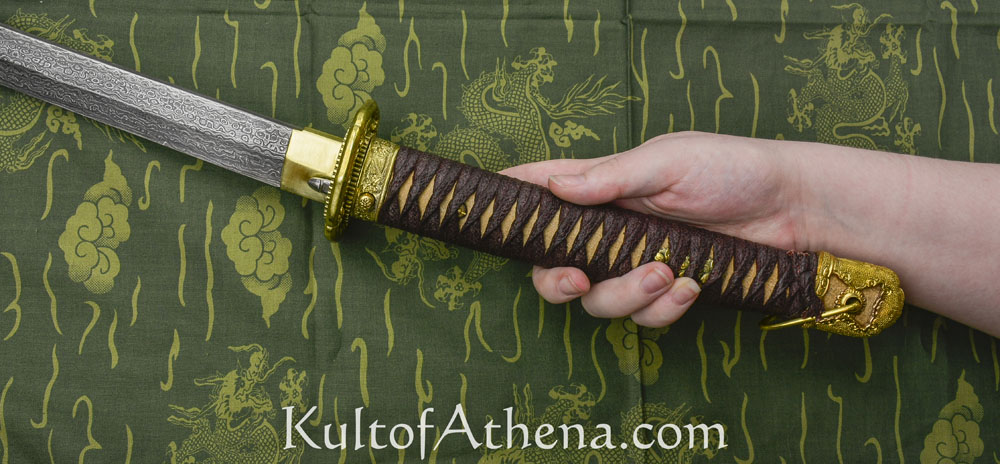
-
Damascus Japanese Officer’s Shin Gunto – Universal Swords
Quick View$358.99In stock
-
Japanese Type 32 Cavalry Saber – Deepeeka
Quick View$95.19 – $159.99In stock
-
Damascus Russo-Japanese Kyu Gunto Army Sword – Universal Swords
Quick View$249.00 – $308.99In stock
Iaitō
The Training Sword
- Overview: The Iaitō is a training sword used for practicing the art of iaido, the Japanese martial art of sword drawing.
- Design & Dimensions: It resembles a katana but often features an alloy blade and is not sharpened.
- Primary Use: The Iaitō is used for practicing kata (forms) and drawing techniques safely.
- Cultural Significance: Essential for learning the subtleties of iaido, the Iaitō allows practitioners to master sword movements without the risk of injury from a sharp blade.

-
Musha Chrysanthemum Iaito
Quick View$79.99 – $99.99In stock
-
Musha Musashi Miyamoto Iaito
Quick View$67.49 – $99.99In stock
-
Hanwei Practical Iaito
Quick View$242.05 – $299.99In stock
Shirasaya & Shikomizue
Concealed Blades
- Overview: The Shirasaya is a plain wooden storage scabbard, while the Shikomizue is a sword concealed within a walking stick.
- Design & Dimensions: The Shirasaya has no ornamentation, while the Shikomizue’s blade is hidden within a cane or stick structure.
- Primary Use: Shirasaya is used to preserve blades, keeping them in a moisture-controlled environment. The Shikomizue was historically used for discreet self-defense or by travelers.
- Cultural Significance: The Shirasaya protects swords from rust and damage, while the Shikomizue holds connotations of espionage or stealth.

-
Musha Black Shirasaya Katana
Quick View$69.99 – $89.99In stock
-
Musha Black Shikomizue
Quick View$69.99 – $89.99In stock
-
Musha Shirasaya
Quick View$64.99 – $89.99In stock
Wakizashi
The Samurai’s Companion Sword
- Overview: The Wakizashi is the shorter companion to the katana, worn as part of the daishō—paired swords.
- Design & Dimensions: Typically 12–24 inches (30–60 cm) long.
- Primary Use: Used for close-quarters combat and as a backup weapon. It is particularly useful indoors where space is limited to longer blades.
- Cultural Significance: The Wakizashi is often seen as a symbol of the samurai’s readiness, worn indoors when the katana was left outside.
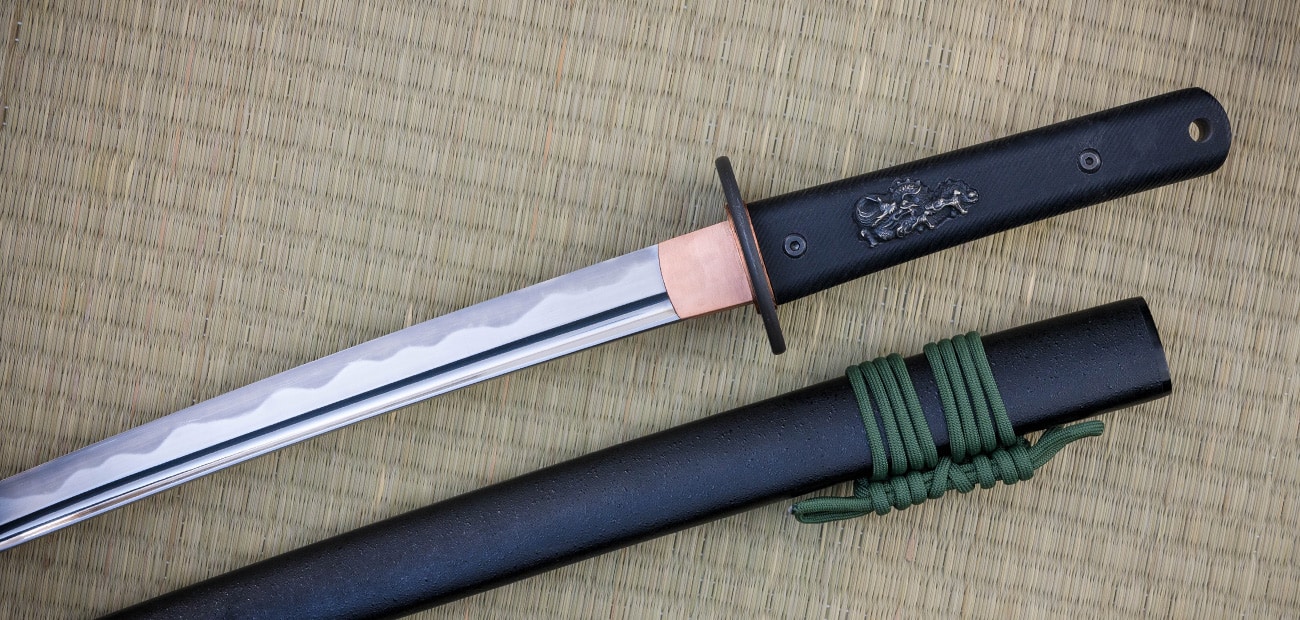
-
Hanwei – Great Wave Wakizashi
Quick View$390.00 – $479.99In stock
-
Citadel Wolf Wakizashi
Quick View$2,799.00In stock
-
Dragon King – Modern Wakizashi
Quick View$289.99In stock
Tantō
The Samurai’s Dagger
- Overview: The Tantō is a short, dagger-like sword, typically carried by samurai or even women of the samurai class.
- Design & Dimensions: Typically under 12 inches (30 cm) long.
- Primary Use: Used for close-range stabbing, often carried for personal protection.
- Cultural Significance: Though small, the Tantō held great symbolic value and was often worn as part of a samurai’s attire.
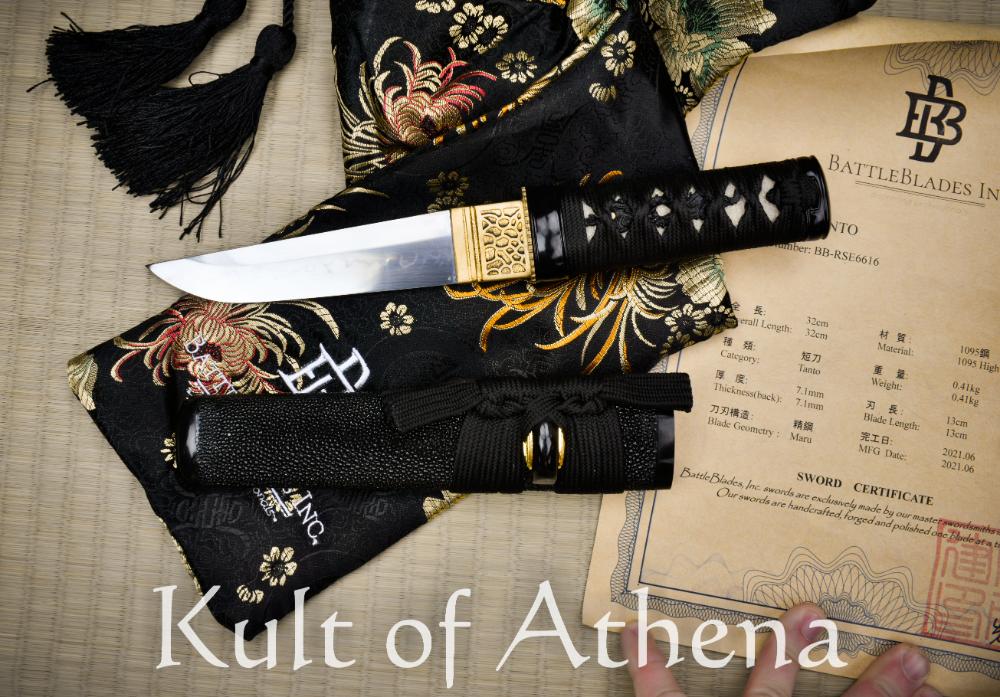
-
BattleBlades -Shinobi Tanto
Quick View$419.00 – $448.00Back Ordered
-
BattleBlades – Kage No Senshi Tsurugi Tanto
Quick View$642.95Back Ordered
-
APOC – Atrim Survival Tanto
Quick View$109.99In stock
Training & Wooden Swords
Bokken
The Wooden Training Sword
- Design & Purpose: The Bokken is a wooden training sword shaped like a katana.
- Primary Use: Used in martial arts like Kendo and Aikido for safe practice.
- Cultural Significance: The Bokken allows practitioners to learn technique and form without the danger of cutting.
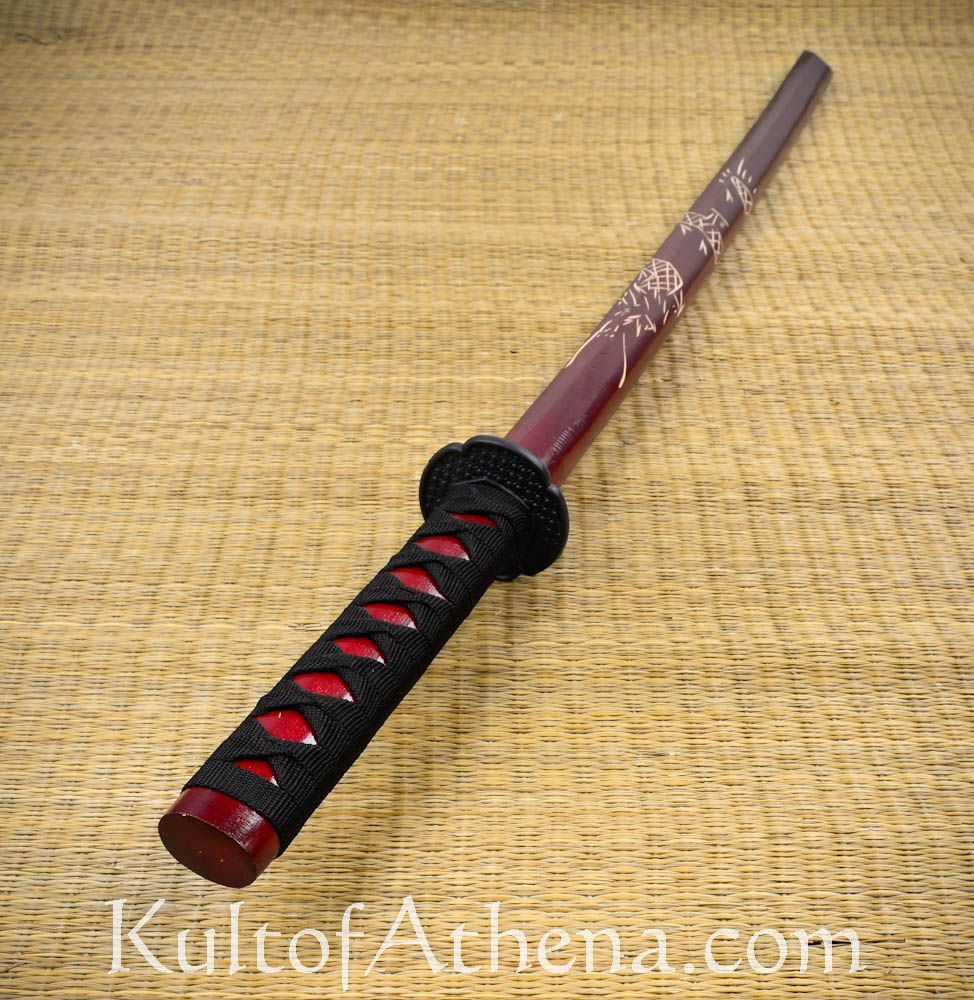
-
Red Wooden Samurai Bokken
Quick View$11.95In stock
-
Black Wooden Bushido Bokken
Quick View$10.75 – $11.95In stock
-
Red Dragon Wooden Bokken
Quick View$11.95Back Ordered
Shinai
The Bamboo Sparring Sword
- Design & Purpose: The Shinai is a bamboo sword used in Kendo practice.
- Primary Use: Designed for safe sparring, it’s light and flexible, offering a way to practice full-contact without risking injury.
- Cultural Significance: In Kendo, the Shinai is the standard tool for developing speed, technique, and discipline in practitioners.
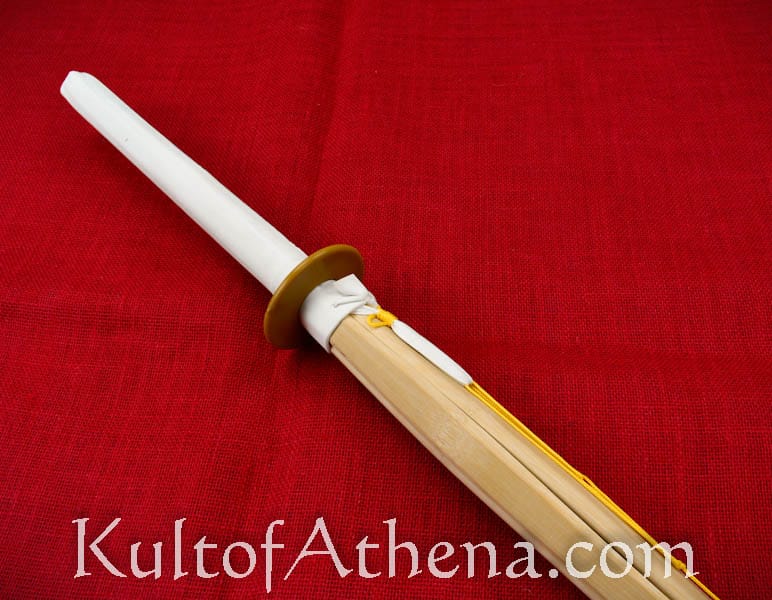
Other Notable Japanese Swords
Tachi
The Predecessor of the Katana
- Overview: The Tachi is a precursor to the katana, worn with the cutting edge down, and typically longer than the early katana and with greater curvature.
- Cultural Significance: It represents a key phase in the evolution of Japanese swords and was historically used by samurai for mounted combat.

-
BattleBlades – Kazari Tachi
Quick View$1,718.00In stock
-
Musha -Functional Ceremonial Tachi Sword
Quick View$179.99In stock
Naginata
The Bladed Polearm
- Overview: Though technically a polearm, the Naginata has often been included in discussions about Japanese swords due to its curved blade.
- Primary Use: It was used by both foot soldiers and female warriors (onna-bugeisha) in battle.
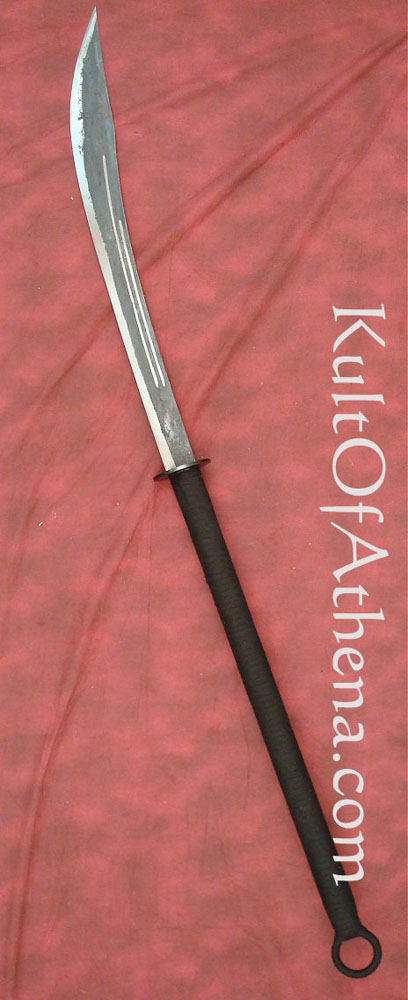
-
Warrior Naginata
Quick View$54.99Back Ordered
Conclusion
Key Points
Japanese swords come in various sizes, shapes, and purposes, each developed for specific martial needs or social contexts. From the versatile katana to the discreet tanto, each sword type reflects the evolution of Japan’s warrior culture.
Final Thoughts
By understanding the design, purpose, and historical context of each sword, you can gain a deeper appreciation for the artistry and cultural significance that these blades represent. Whether for practical use in combat or ceremonial importance, each Japanese sword tells a story of its own—rooted in centuries of tradition and craftsmanship.





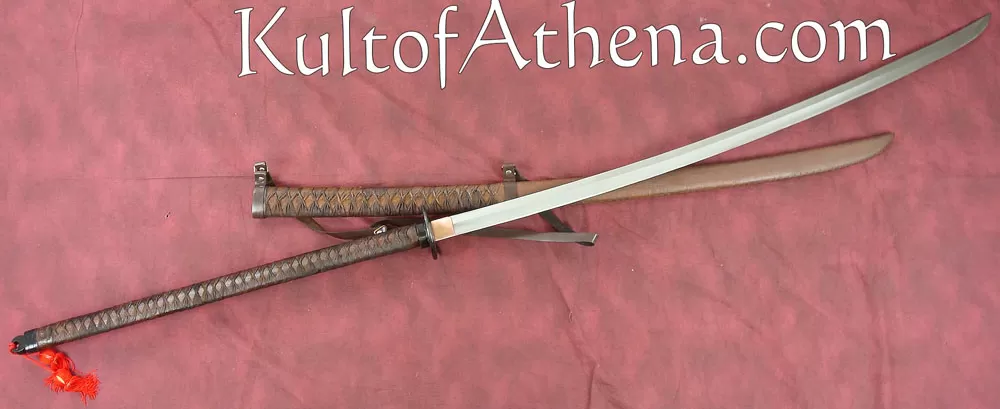

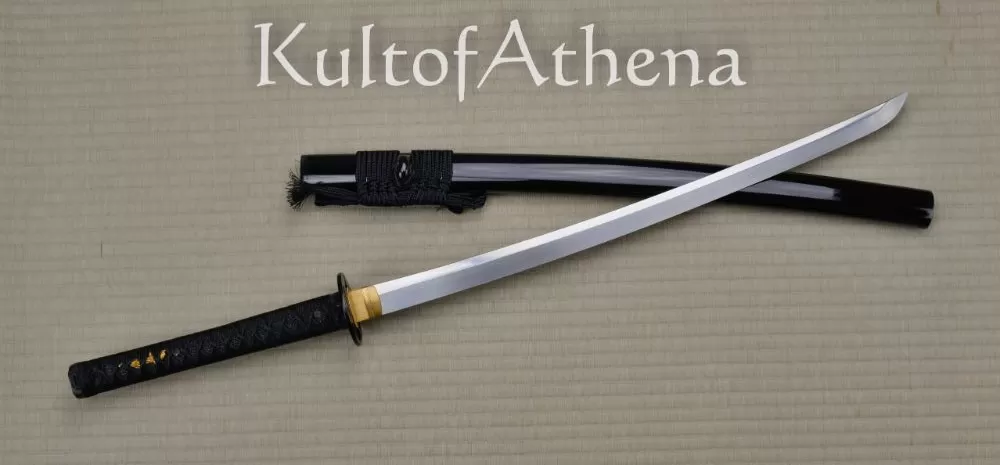
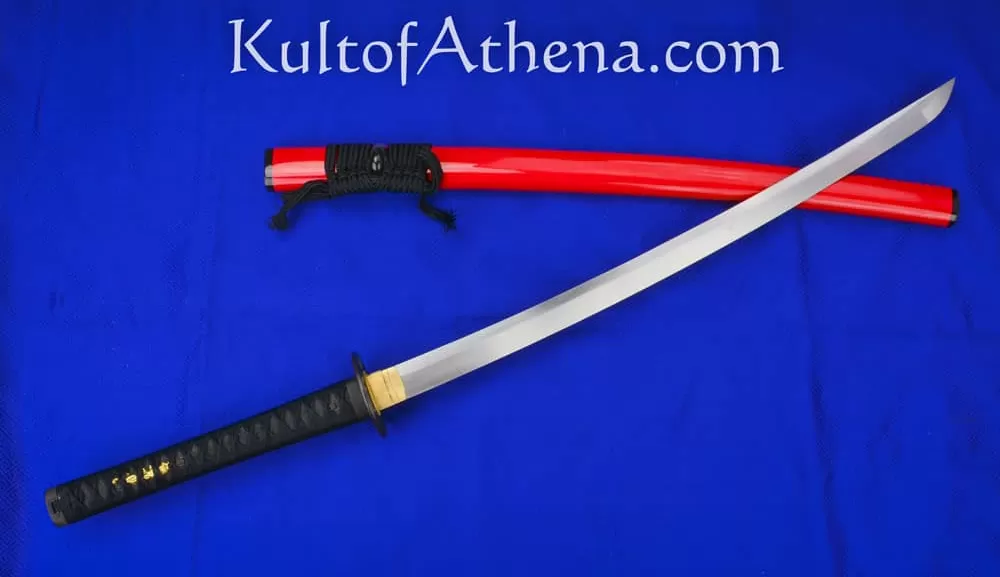

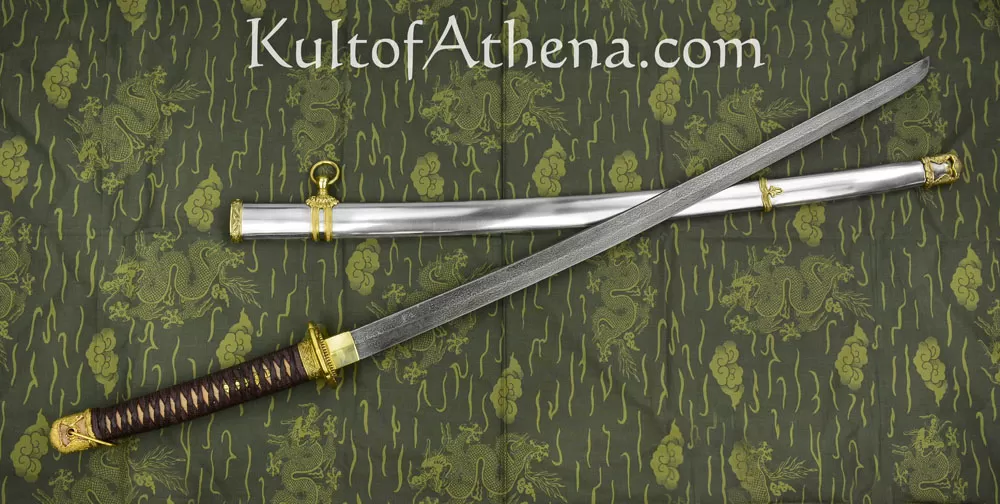
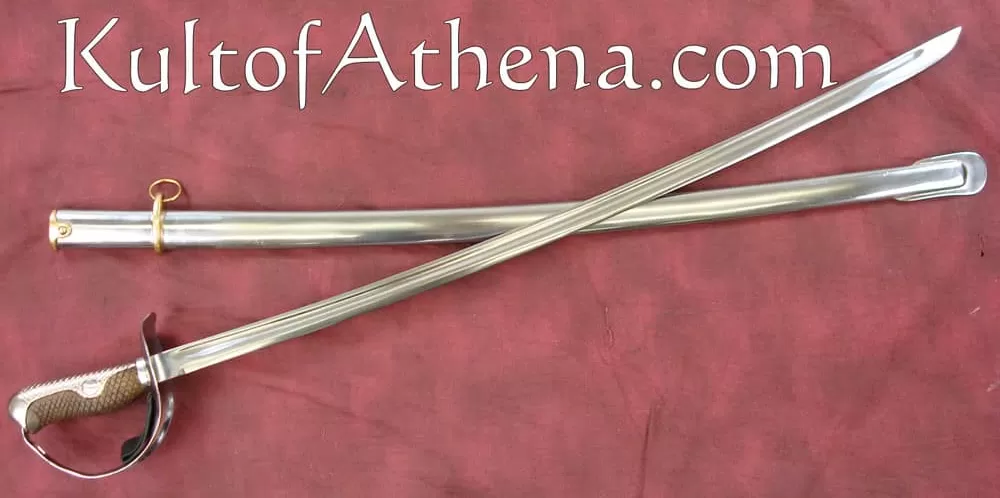
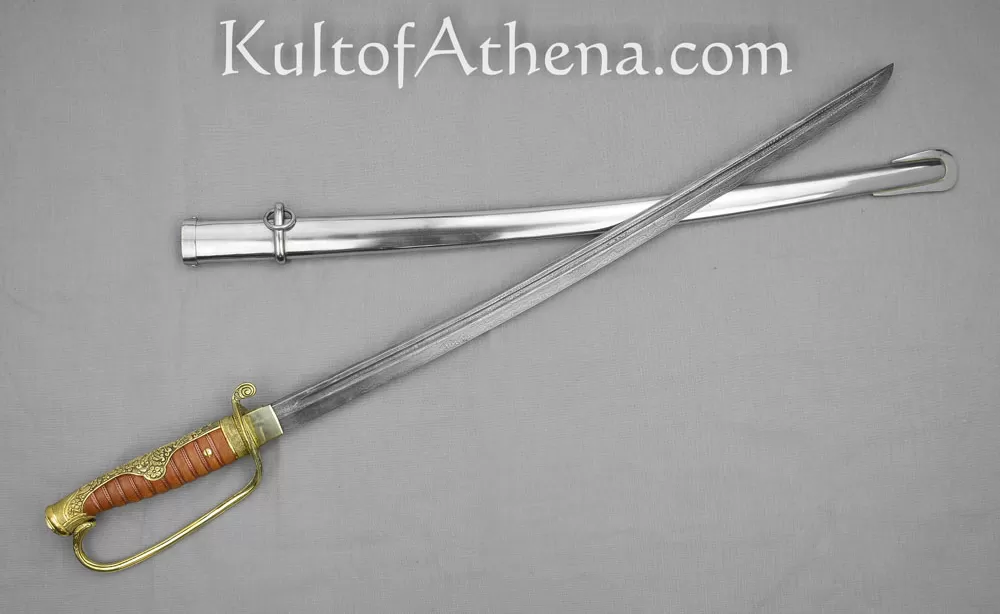
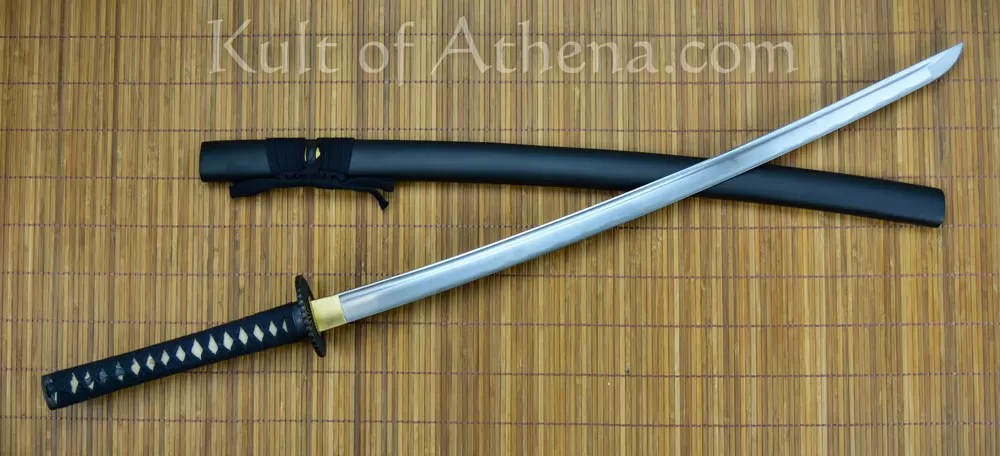


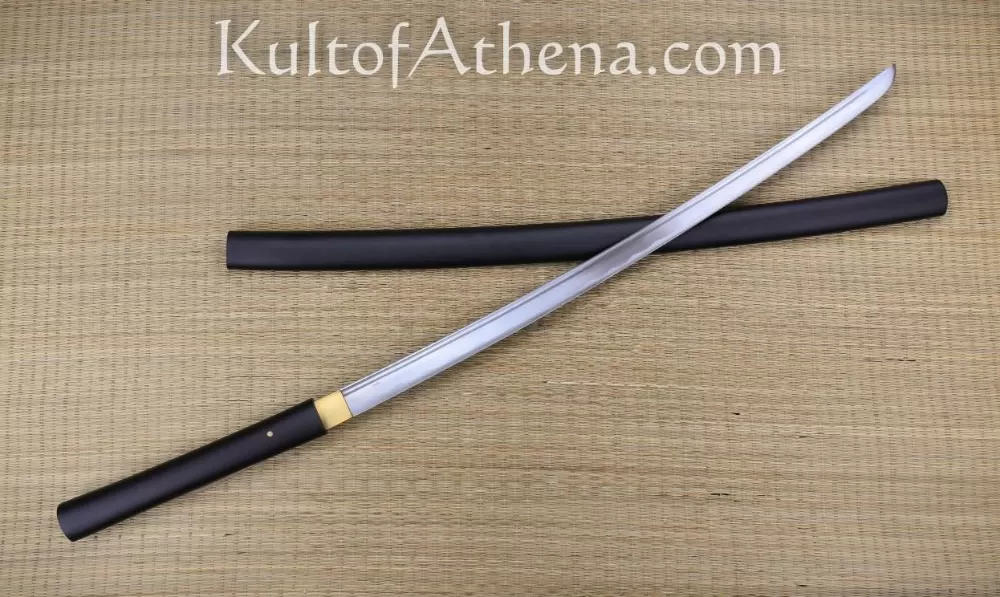

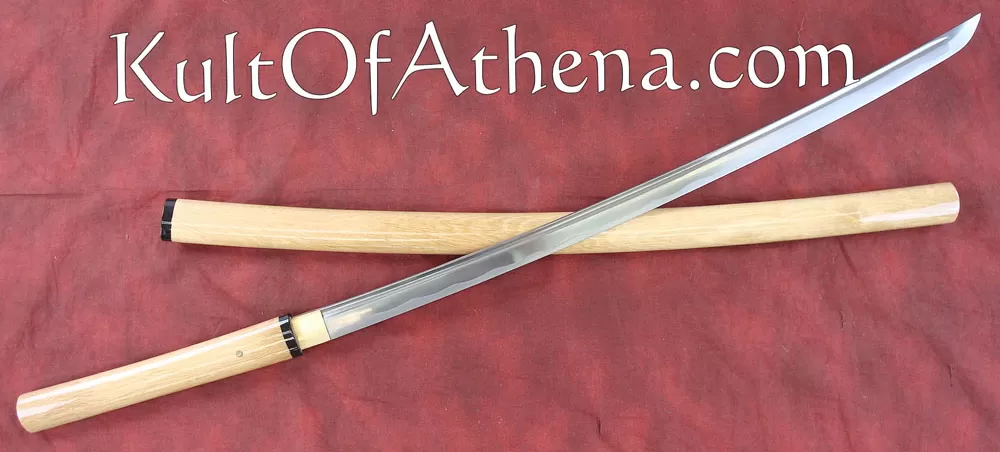
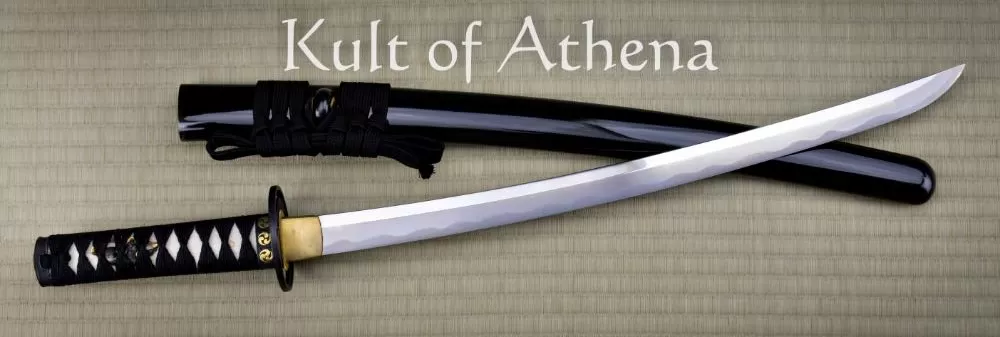

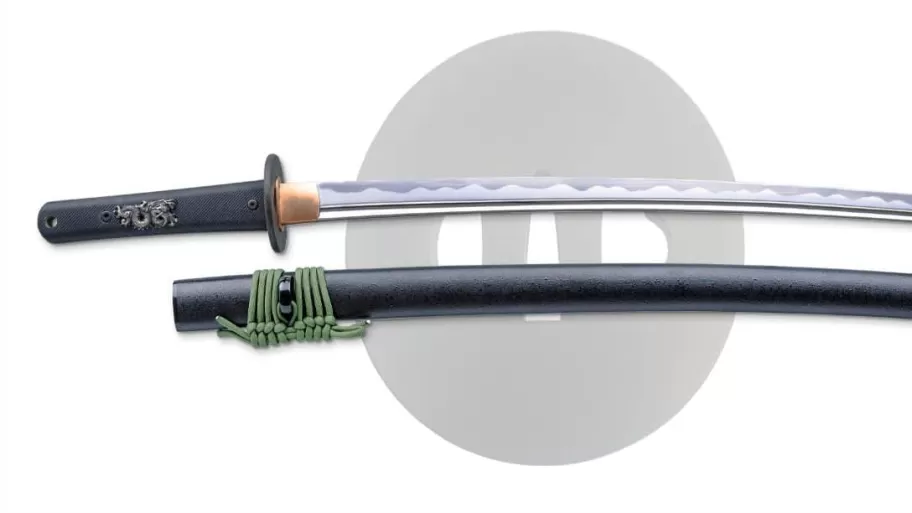
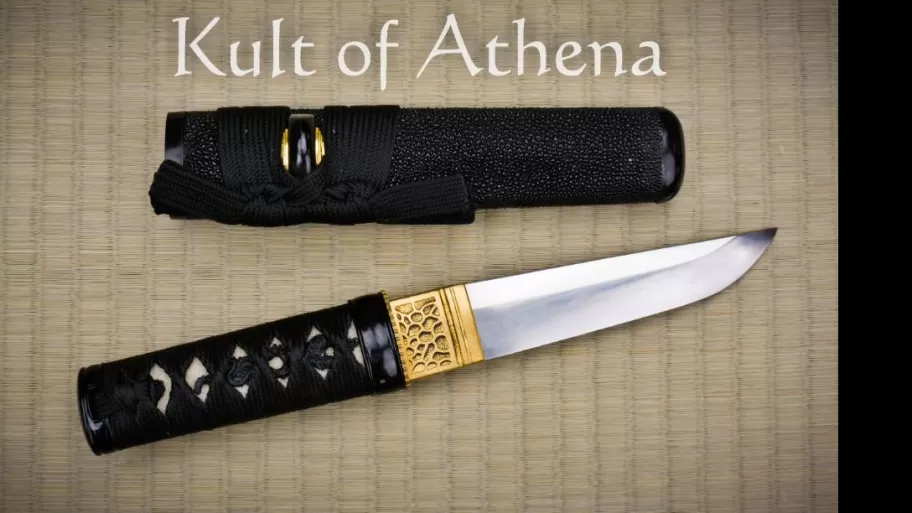
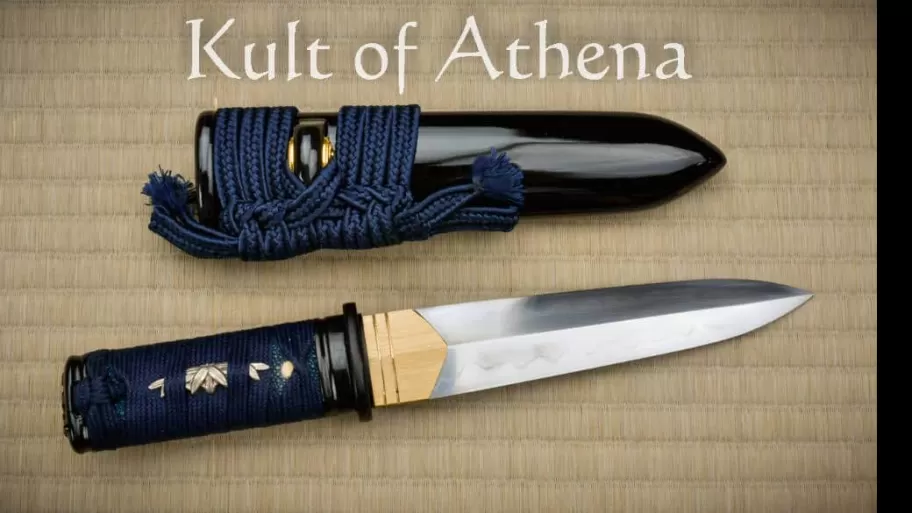
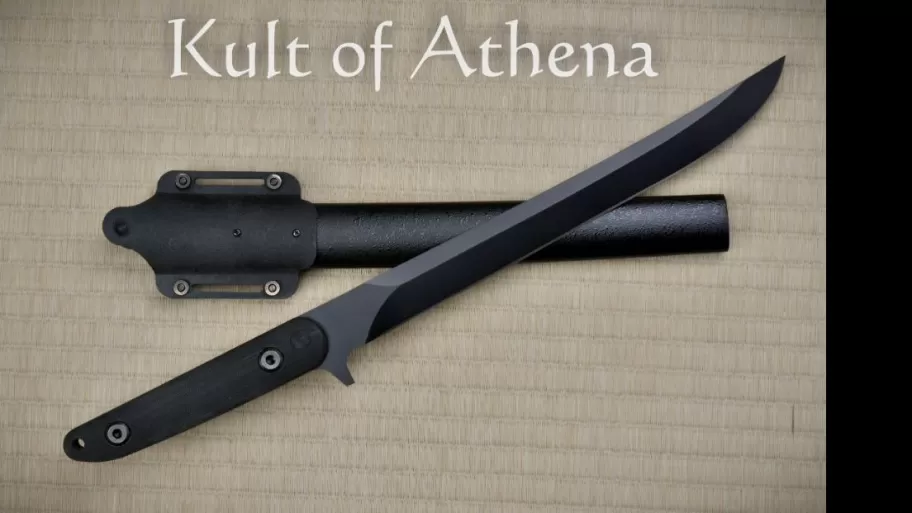
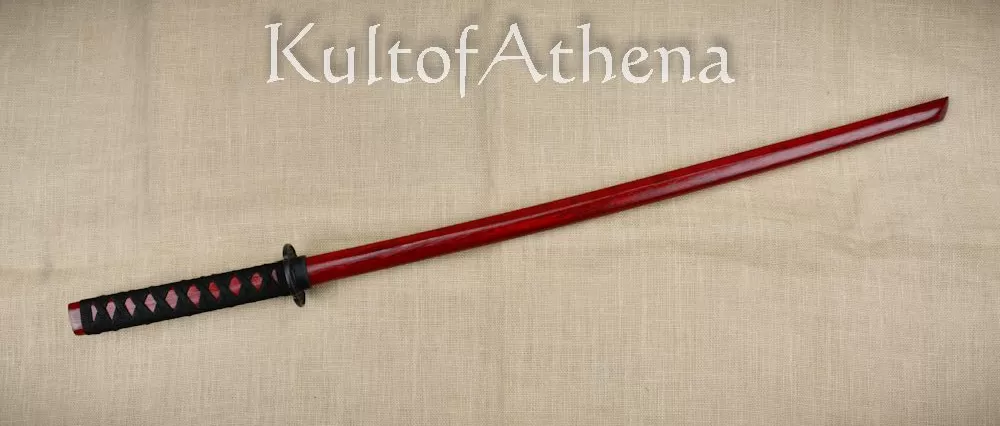
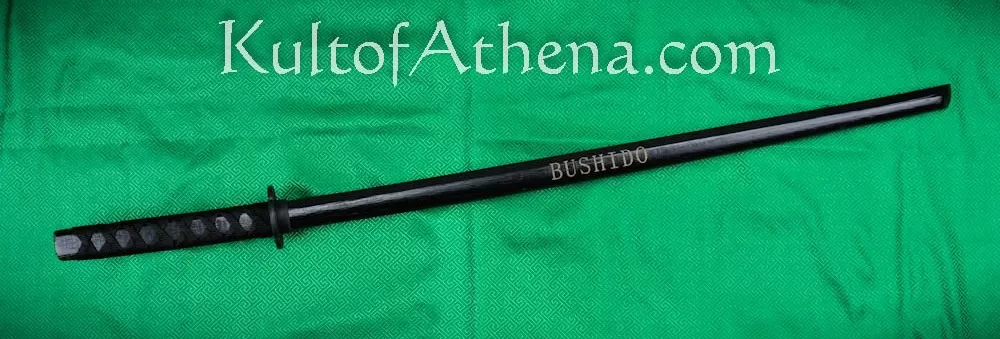

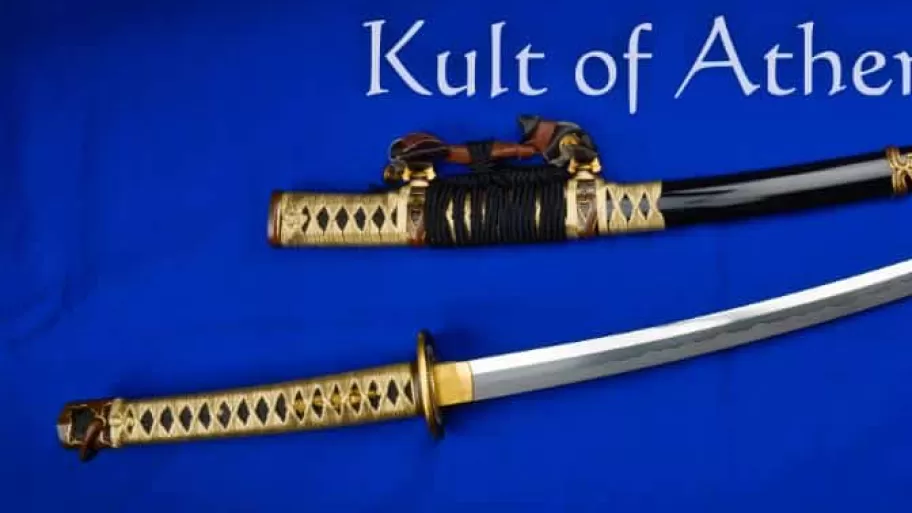
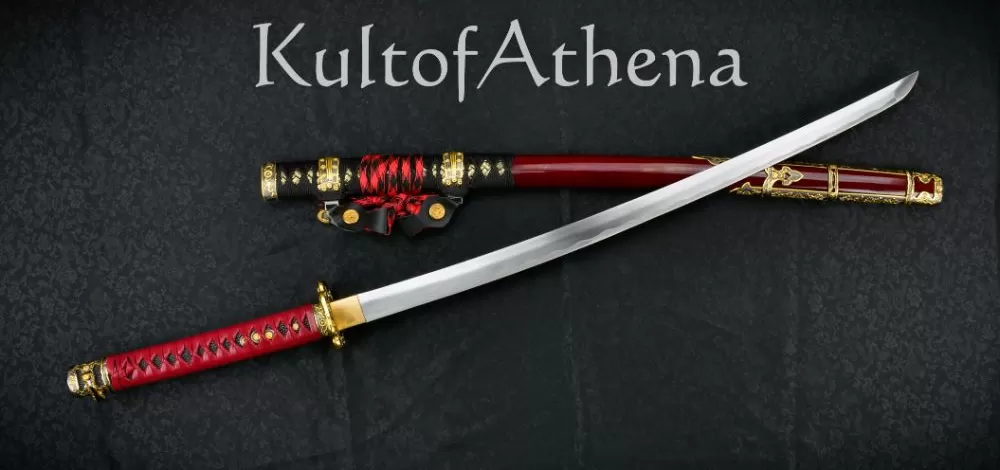
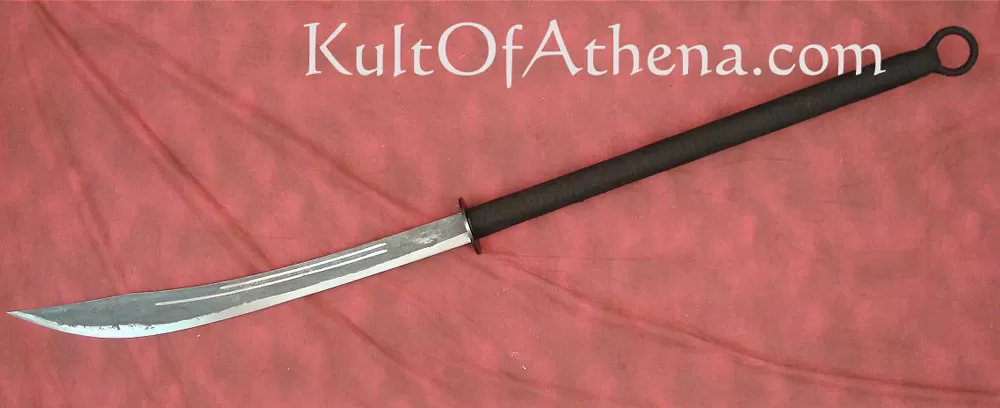
Leave a Reply